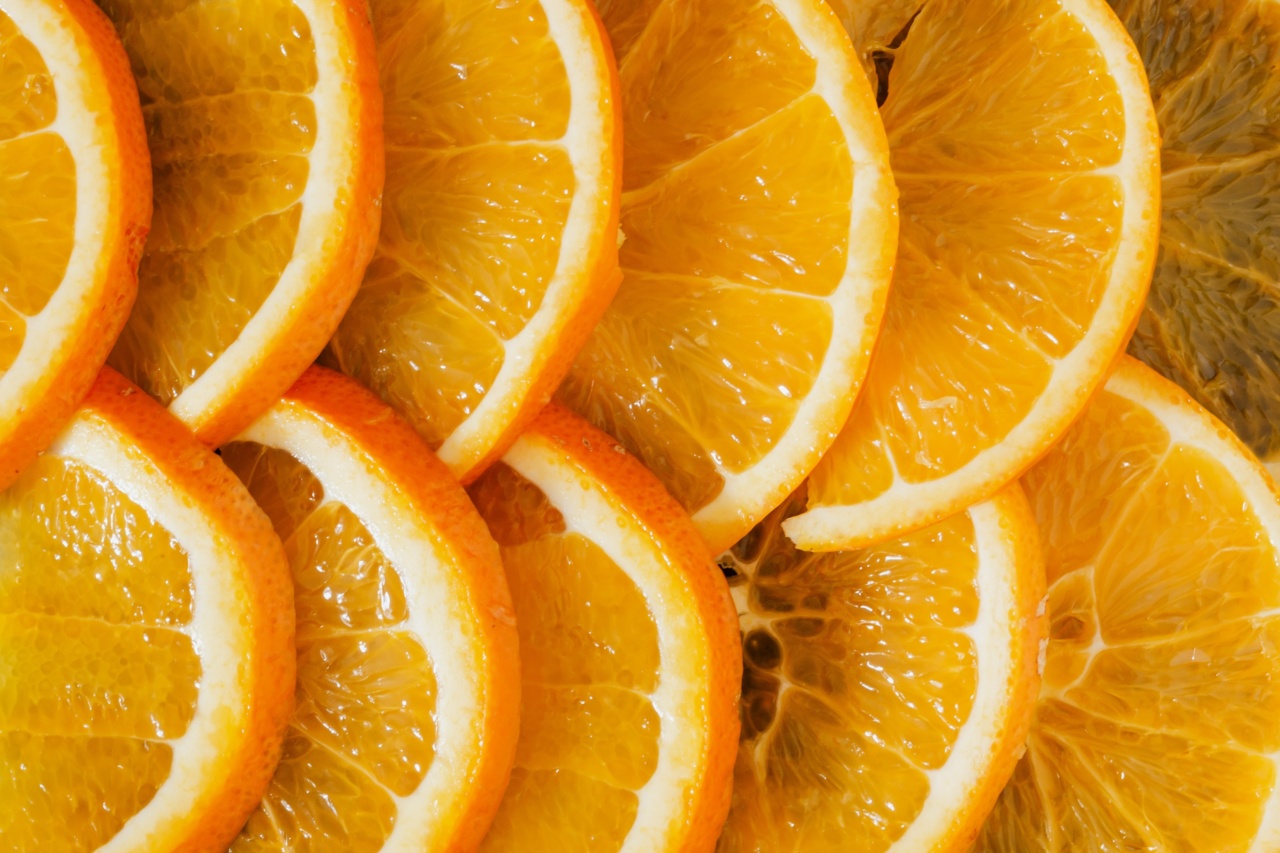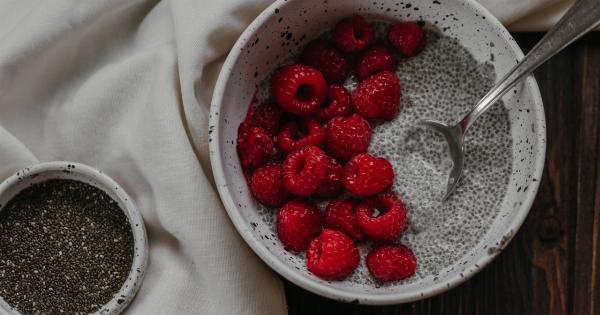Healthy eating has been a priority for many people in recent years. There is a multitude of reasons why people choose to eat cleaner and healthier – from wanting to lose weight to improving overall health.
One of the key components of healthy eating is knowing what exactly goes into your meal and how it impacts your body. Luckily, technology has made it easier than ever before to get a comprehensive breakdown of all the nutrients in your food – simply by taking a photo.
How Does It Work?
The science behind the technology involves a process called food recognition. Using sophisticated algorithms and machine learning, smartphones are able to identify a food item in an image and generate a nutrient breakdown.
The technology has been developed and refined over the past few years, with the accuracy of nutrient identification becoming more precise and reliable.
The Advantages of Using Food Recognition Technology
There are several advantages to using technology to break down your meal into its nutrient components. Firstly, it saves time.
Instead of manually inputting all the ingredients and calculating the calories, you can take a photo with your phone and get an instant breakdown. This is especially helpful for people who are short on time or don’t have access to nutrition information, such as when eating out at a restaurant.
Secondly, food recognition technology provides an accurate nutrient breakdown. Instead of guessing how much protein, carbohydrates, and fat are in your meal, you get an exact measurement.
This is helpful for people who are tracking their macros or have specific dietary requirements.
Finally, using food recognition technology is more user-friendly. It is easier to take a photo and get a nutrient breakdown than it is to manually input all the ingredients and calculate the calories.
This makes healthy eating more accessible to people who may not have the time or skills to figure out the nutritional content of their meals.
How to Use the Technology
The technology is simple to use. All you need is a smartphone and a food recognition app. There are several apps on the market that can do this, including MyFitnessPal, Lose It!, and Foodvisor.
Once you download the app, all you have to do is take a photo of your meal. The app will then identify the food and provide a nutrient breakdown. Some apps even provide suggestions for healthier food choices.
Limitations of Food Recognition Technology
While food recognition technology has many advantages, it is important to note its limitations. Firstly, the technology is not perfect. While it has become more accurate over time, there are still errors that can occur.
This is especially true if the photo is not clear or if the food items are not easily identifiable.
Secondly, food recognition technology does not take into account the preparation method.
For example, if you take a photo of a grilled chicken breast, the nutrient breakdown will be different than if you take a photo of a breaded and fried chicken breast. Cooking methods can impact the nutrient content of a meal, so it is important to keep this in mind when using the technology.
Finally, food recognition technology does not account for the use of condiments, sauces, and dressings. These can add significant calories and nutrients to a meal, but they may not be accounted for in the nutrient breakdown.
This means that it is important to be aware of what you are adding to your meals and to take this into account when using the technology.
The Future of Food Recognition
As technology continues to advance, there is no doubt that food recognition technology will become even more accurate and sophisticated. This will make healthy eating more accessible and easier than ever before.
In the future, it is possible that technology will be able to take into account cooking methods and the use of condiments, sauces, and dressings. This will provide an even more comprehensive nutrient breakdown.
Conclusion
Food recognition technology is a game-changer for healthy eating. It provides a quick, accurate, and user-friendly nutrient breakdown of your meal.
While there are limitations to the technology, it is a valuable tool for anyone looking to eat healthier and improve their overall health. So the next time you sit down to a meal, take a photo and get a comprehensive nutrient breakdown.






























